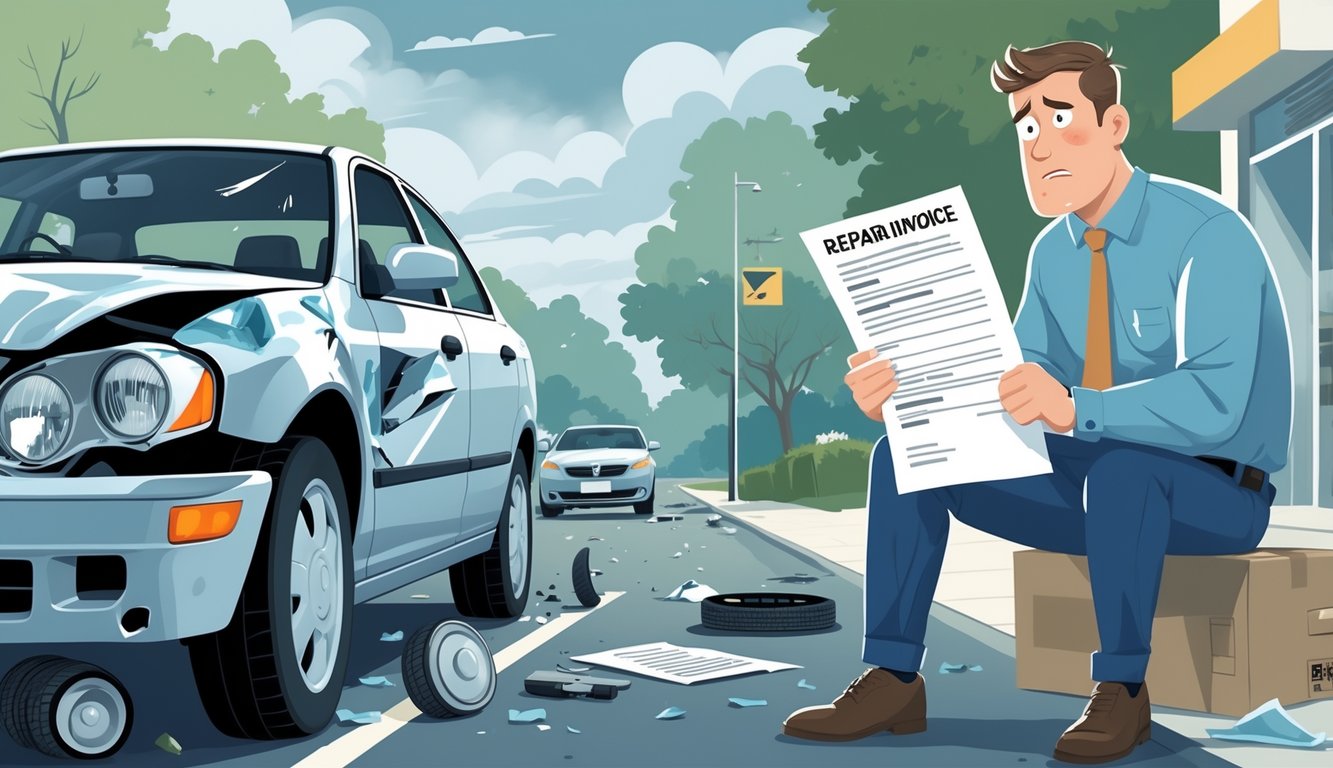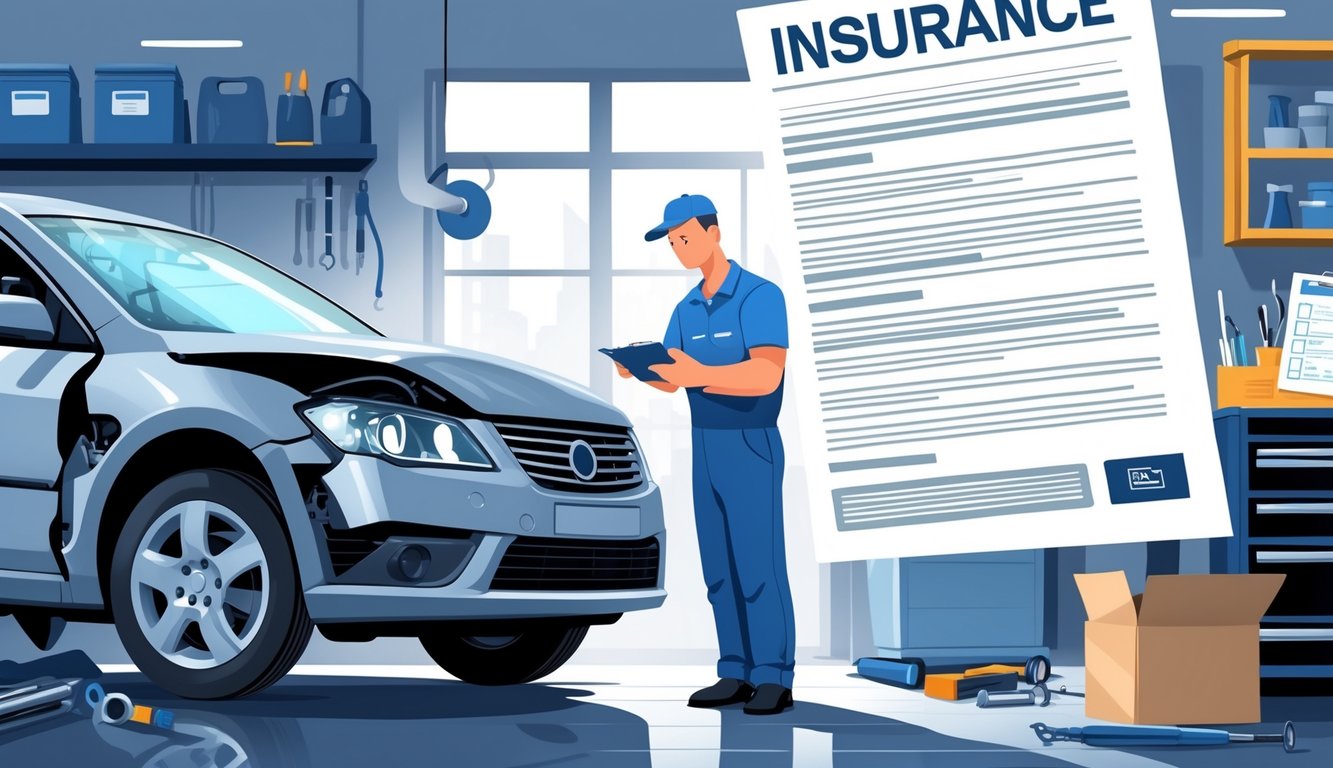
How Insurance Coverage Shapes Post-Accident Repairs

I never realize how much insurance screws up something as basic as fixing a car until I’m knee-deep in paperwork. One tiny clause, and suddenly your repair bill makes no sense, and the costs? Don’t get me started.
Coverage Exclusions and Repair Denials
You’d think insurance would just pay for what breaks. Hah. Adjusters told me stone chips weren’t “accident-related.” Like, what? Mechanical breakdown exclusions—tires, brakes—unless you drove into a sinkhole, and even then, they’ll call it “wear and tear.” They even quoted my own policy back at me.
Even better, sometimes they block aftermarket or non-OEM parts with vague “acceptable alternatives” clauses. The AA reported drivers getting slammed with extra fees post-accident. Felt that myself when I learned some repairs only get covered if you bought “optional” add-ons—didn’t matter whose fault it was. Claims handlers say exclusions are about “fairness,” but honestly, the only fair thing is reading every word yourself. Good luck.
Policy Limits and Out-of-Pocket Expenses
Still can’t get over how nobody warns you about policy limits until your payout gets halved right when the repair shop hands you a £2000 bill. Insurers cap everything: “We cover up to the car’s cash value, minus excess.” If the average repair is £617 (so they say), but your cap’s £500, guess who pays the rest? You.
There’s the “excess” (deductible)—sometimes more than one, stacked if you trip over two exclusions at once. Reps claim it’s to “keep your premium lower.” Sure, until it’s your turn to pay. They’ll list what’s not covered with abbreviations nobody explains. Factory warranty, car repair insurance add-ons—sometimes they overlap, mostly they just add more ways to say no.
Impact on Repair Quality
You ever notice how insurance companies act like they’re doing you a favor, but then suddenly you’re stuck with a bumper from a scrapyard because “that’s what your policy allows”? I’ve had mechanics roll their eyes and mutter about “authorized repairs” while I’m standing there, just wanting my car to not look like a patchwork quilt. The Competition & Markets Authority (yeah, 2014, but still) basically said non-fault claimants get the short end—forced into fast, cheap repairs, barely checked. I remember fighting for OEM parts after a fender bender. The shop shrugged, said my plan “technically” let them slap on whatever fit. Wild.
Got my car back once and the paint didn’t even match. Turns out the insurer haggled with the shop just to save a few bucks. Not like they cared about quality. I’ve watched friends get offered peanuts for repairs, then herded into “approved” shops—no actual promise the work’s any good. Here’s what that mess looks like, if you’re into tables:
| Repair Aspect | Insurer Approach | Result for Driver |
|---|---|---|
| Parts quality | Cheapest allowed | Possible mismatches |
| Labour hours covered | Capped at low rate | Rushed repairs |
| Shop choice | Limited to network | No say in standards |
One time, I had to pay out of pocket to get a botched fix redone somewhere else. No straight answers, ever. Wouldn’t it be nice if everyone just agreed a dent should be fixed right? Apparently, that’s too much to ask.
Financial Burdens After an Accident
Honestly, if my bank account grew as fast as my car repair bills, I’d be retired. Last accident? Surprise charges, paperwork that made zero sense, and insurance talk everywhere. Medical bills, weird service fees—half the time I’m just trying to figure out what I’m actually paying for. Out-of-pocket costs versus what the policy “covers” is like a bad joke.
Unexpected Out-of-Pocket Repair Costs
Ever see a body shop bill double while you’re still reading it? My bumper wasn’t even fancy, but because some adjuster called damage “wear and tear,” I had to pony up for OEM parts just to get back on the road. National Highway Traffic Safety Administration says we burn through $60 billion a year on car repairs in the U.S.—but how much of that do we eat ourselves thanks to exclusions? Way too much. I dropped $700 on a rental car even though my “comprehensive” plan supposedly covered it.
Mechanic just laughed, said insurance coverage is like an umbrella in a hurricane. My neighbor? Their adjuster shorted them $1,000 compared to the shop’s bill, thanks to some “betterment” clause. The math never adds up, and my savings account definitely noticed. Credit card, emergency fund, all took hits I never planned for.
